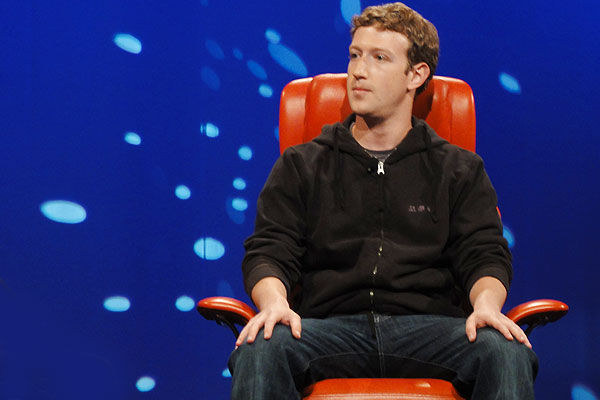5 Most Interesting Advertising Parts of Facebook’s IPO Filing

Facebook’s long-awaited stock filing is in the wild. We dug through to pull out the five most interesting tidbits relating to Facebook, the media company.
1. Facebook’s ad business is big. Facebook reported $3.15 billion in ad revenue in 2011, up 145 percent from 2010. It showed 42 percent more ads in 2011, mostly a result of user growth, the company said. Its ad prices increased 18 percent. It worked with all of the top 100 brands. Advertising represents 83 percent of Facebook’s revenues, much lower than rival Google’s 96 percent.
2. Facebook’s ad business could be bigger. Facebook reported 845 million active monthly users. That means it makes, on average, $3.72 per user. That’s not very much. Compare that to the $8 Yahoo brings in per user or $24 for Google. Facebook cites its addressable market as the $363 billion spent worldwide on advertising in 2010. Bottom line: It’s not scratching the surface on advertising. Ad sales chief Carolyn Everson wasn’t kidding when she said the company is “1 percent” there on ads.
3. Mobile is a drain. Digiday has written about the mobile revenue gap. Facebook clearly faces that since it doesn’t show ads on mobile. In fact, the ability to make money off its mobile users — Facebook has 425 million — is listed as a risk factor. Facebook states it doesn’t make any “meaningful revenue” from mobile.
4. Facebook forecasts weren’t great. Digiday has also written about the dubious nature of Internet spending forecasts. Put guesstimates about Facebook in this bucket. In September 2011, eMarketer forecast Facebook’s 2011 ad revenue at $3.8 billion. It was off by approximately $650 million.
5. Advertising is a bit of an afterthought. Mark Zuckerberg’s “Founder Letter” runs 2,188 words and mentions advertising once.
More in Media

With Firefly Image 3, Adobe aims to integrate more AI tools for various apps
New tools let people make images in seconds, create image backgrounds, replacing parts of an image and use reference images to create with AI.

Publishers revamp their newsletter offerings to engage audiences amid threat of AI and declining referral traffic
Publishers like Axios, Eater, the Guardian, theSkimm and Snopes are either growing or revamping their newsletter offerings to engage audiences as a wave of generative AI advancements increases the need for original content and referral traffic declines push publishers to find alternative ways to reach readers.

The Guardian US is starting its pursuit of political ad dollars
The Guardian US is entering the race for political ad dollars.





